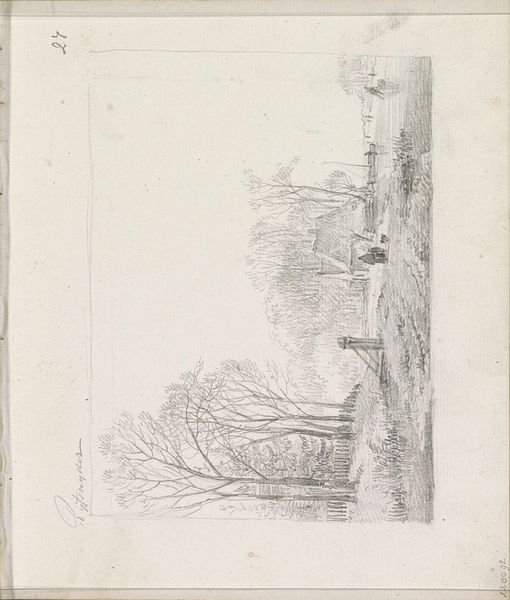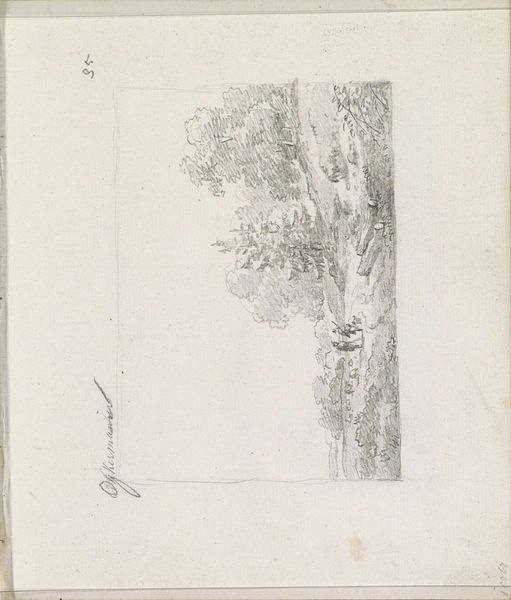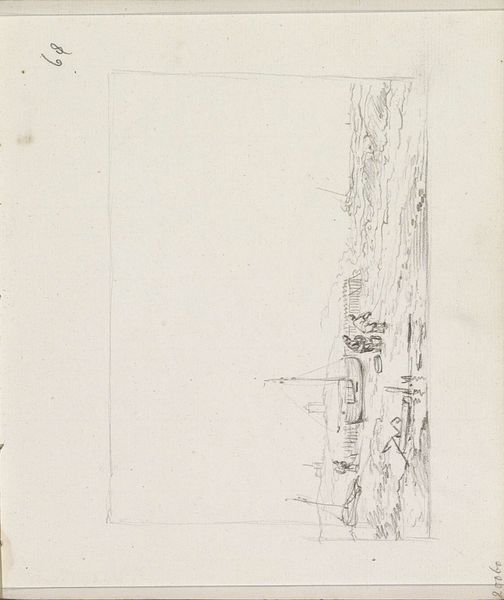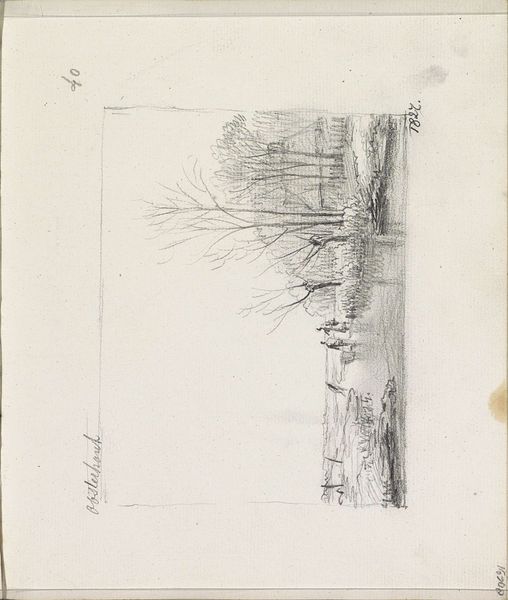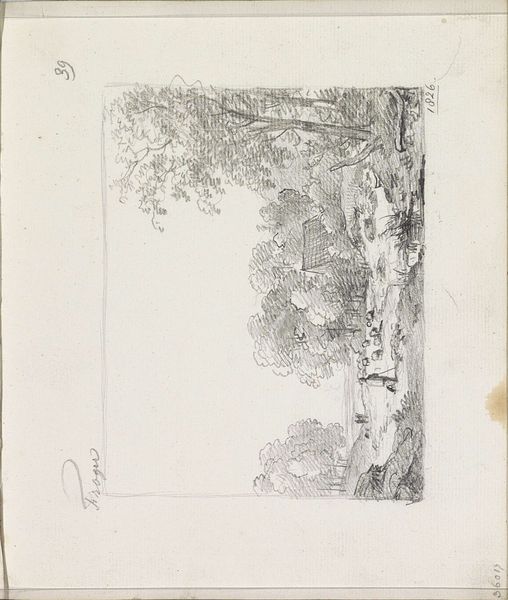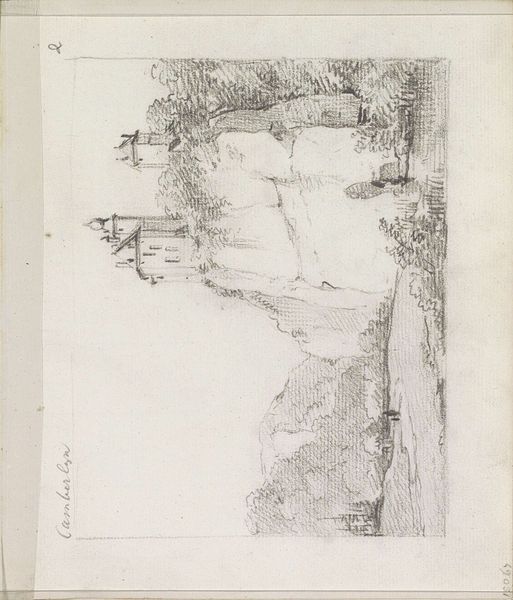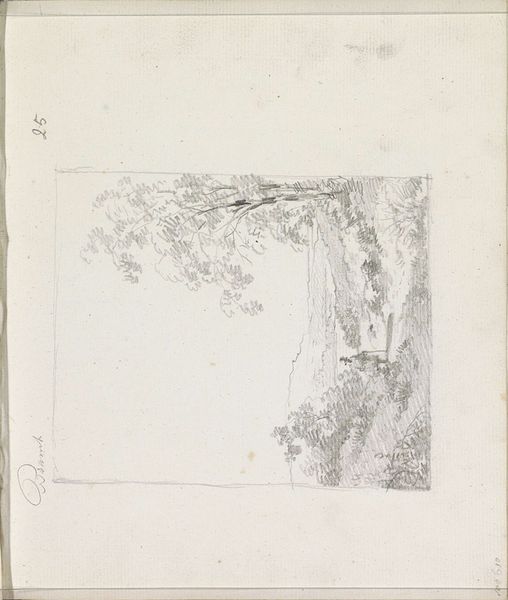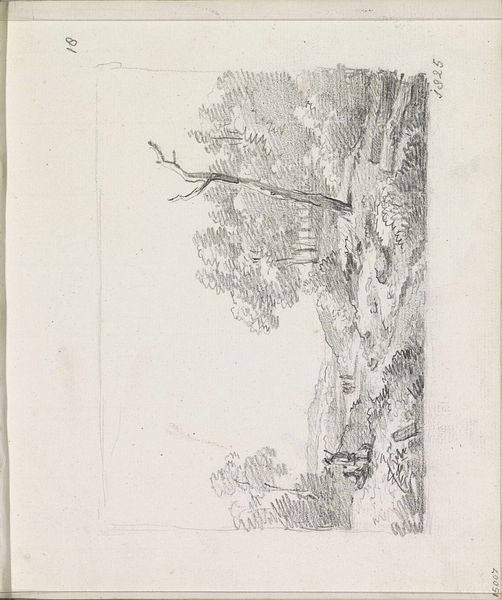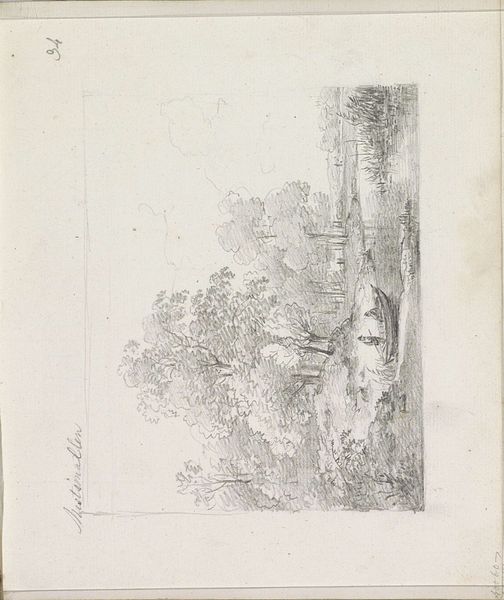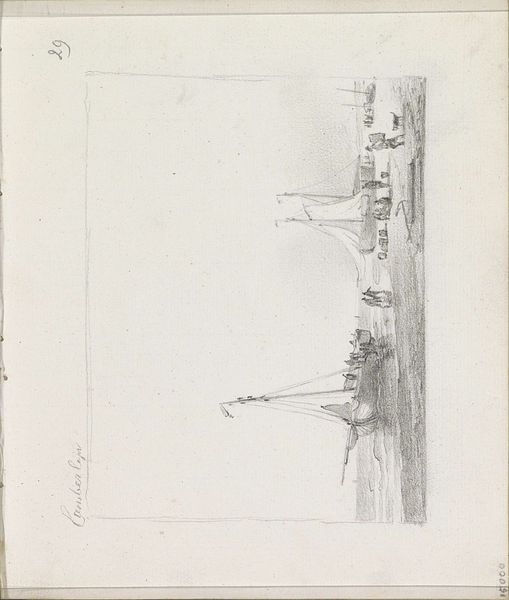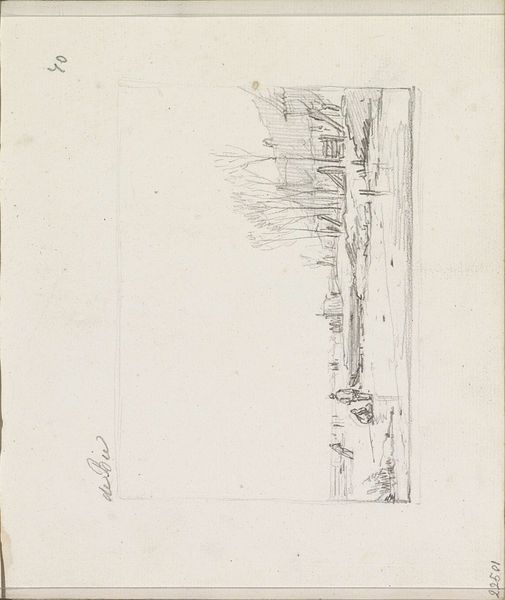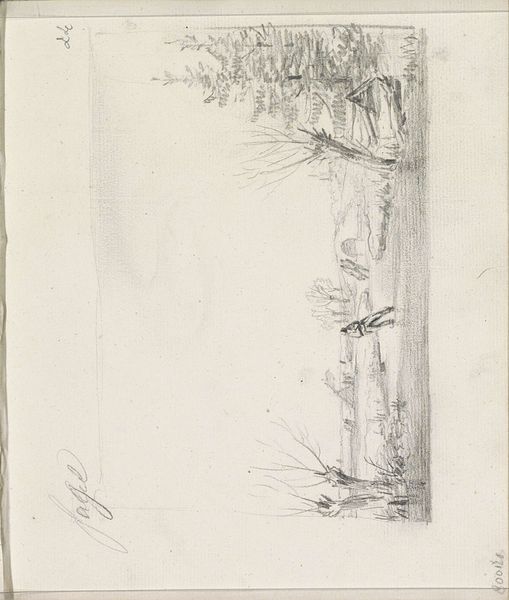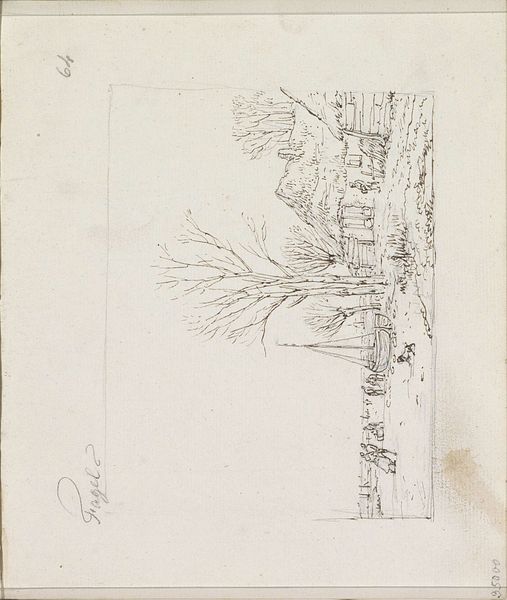
Schaatsers op een bevroren vaart naast een boerderij c. 1825 - 1829
0:00
0:00
andreasschelfhout
Rijksmuseum
drawing, pencil
#
drawing
#
amateur sketch
#
light pencil work
#
pencil sketch
#
incomplete sketchy
#
hand drawn type
#
landscape
#
form
#
detailed observational sketch
#
romanticism
#
pencil
#
rough sketch
#
line
#
sketchbook drawing
#
sketchbook art
#
realism
#
initial sketch
Copyright: Rijks Museum: Open Domain
Curator: What a delicate pencil sketch. The initial impression is one of hushed stillness. Editor: Andreas Schelfhout rendered this drawing, entitled "Skaters on a Frozen Canal by a Farmhouse," sometime between 1825 and 1829. The Rijksmuseum holds it within its collection. What aspects stand out to you beyond its quietude? Curator: The tentative strokes—they hint at social divides. This wasn't intended as a finished, polished artwork for public consumption, more like a private musing reflecting daily life, which offers a privileged, behind-the-scenes insight into the rural Dutch landscape of that era. Editor: I agree it provides access, though I'd say such works help constitute national identity itself. Schelfhout played a crucial role in popularizing winter landscapes, establishing a visual repertoire through which the Dutch collectively imagined themselves and their relationship to their environment. Curator: You bring an important point regarding visual language formation; however, who was, and is, actually *included* in this "collective imagination"? The idyllic scene normalizes specific experiences, class positions, potentially excluding those outside the dominant social group reflected. Editor: Certainly, the Romantics had a tendency to aestheticize rural life, overlooking social disparities. Schelfhout’s works were consumed mostly by the bourgeoisie. His work was often commissioned by them. Curator: It is important that we keep that context in mind as we view this art. His images reflect, at least, an intention to offer comfort to a patron, a specific consumer. Editor: Absolutely. These winter scenes often served as comforting symbols of national pride, masking deeper social and political tensions, particularly during times of upheaval. Curator: Looking at it, I’m aware of how art can perform multiple functions: documentarian, aesthetic, ideological, personal and political statement, commodity—it all converges. Editor: Precisely. Analyzing such sketches gives us glimpses into the artist’s process, social conditioning, and the formation of a distinctly Dutch artistic identity, so valuable in this setting. Curator: Yes, through it, it does give way to further explorations of how we, as society, are viewing this art. Editor: Well said! Thanks for sharing your perspectives!
Comments
No comments
Be the first to comment and join the conversation on the ultimate creative platform.
